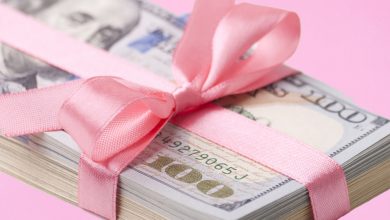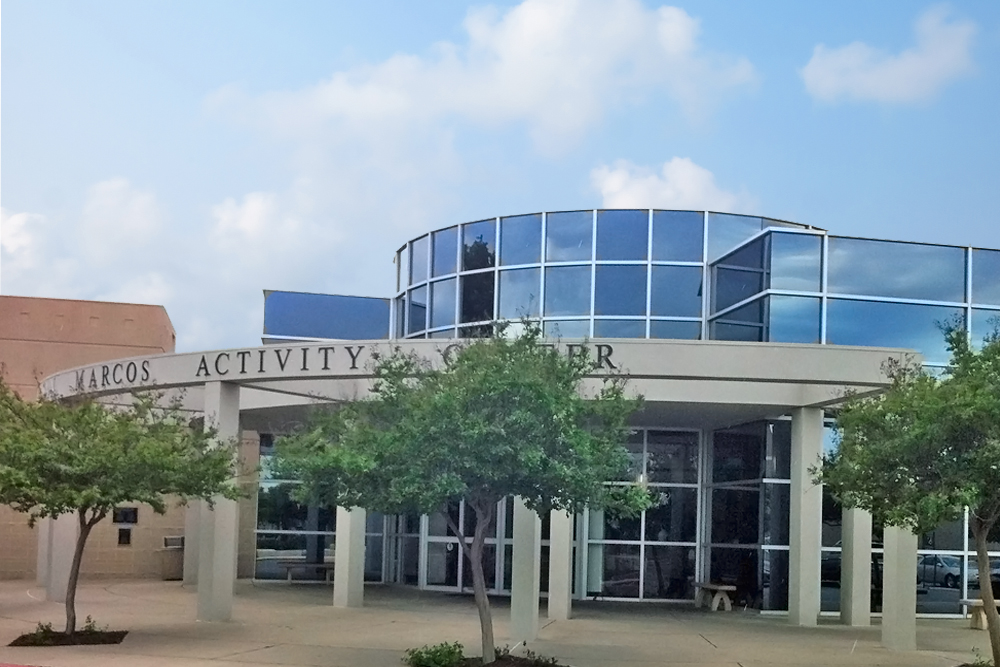Today In History — April 13
![]() Let me describe to you a man, not yet forty, tall, and with a mild and pleasing countenance…. An American, who without ever having quitted his own country, is at once a musician, skilled in drawing, a geometrician, an astronomer…
Let me describe to you a man, not yet forty, tall, and with a mild and pleasing countenance…. An American, who without ever having quitted his own country, is at once a musician, skilled in drawing, a geometrician, an astronomer…
![]()
Thomas Jefferson was born on April 13, 1743, at Shadwell in Albemarle County, Virginia.1 He was educated at the College of William and Mary and read law under the eminent Virginia jurist George Wythe.
A member of the group of Virginia radicals who opposed Parliamentary policy from the early stages of the American Revolution, Jefferson came to special prominence in 1774 as the author of the influential pamphlet A Summary View of the Rights of British America.
The following year he was elected to the Second Continental Congress, where he was chosen to draft the Declaration of Independence at the age of thirty-three.
Let me describe to you a man, not yet forty, tall, and with a mild and pleasing countenance…. An American, who without ever having quitted his own country, is at once a musician, skilled in drawing, a geometrician, an astronomer, a natural philosopher, legislator, and statesman…. Sometimes natural philosophy, at others politics or the arts, were the topics of our conversation, for no object had escaped Mr. Jefferson; and it seemed as if from his youth he had placed his mind, as he has done his house, on an elevated situation, from which he might contemplate the universe.
Travels in North-America, in the Years 1780-81-82, by the Marquis de Chastellux. New York: s.n. 1828. p.227+ American Notes: Travels in America, 1750 to 1920. General Collections
After the American colonies declared independence from Britain, Jefferson worked for the revision of the laws of his home state of Virginia in order to bring them into conformity with the principles he had articulated in the Declaration. Near the close of the Revolution, he also served two terms as Virginia’s governor.
After a brief retirement that ended with the death of his young wife of ten years, Martha Wayles Skelton Jefferson, in 1782, Jefferson returned to Congress and crafted legislation that laid the foundation for governance of America’s western territories.
Although he had drafted a Bill for Establishing Religious Freedom in 1777, Virginia’s General Assembly postponed its passage. In January 1786, through the efforts of James Madison, the bill was passed as An Act for Establishing Religious Freedom.
Pioneering in its affirmation of the absolute right to freedom of belief (or unbelief)—in Jefferson’s words, “meant to comprehend, within the mantle of it’s protection, the Jew and the Gentile, the Christian and Mahometan, the Hindoo and infidel of every denomination”—it was widely hailed in Europe, where Jefferson was then serving as America’s minister to France, and has since been recognized as a landmark in the development of human rights.
Returning to the United States after the ratification of the Constitution, Jefferson served as the nation’s first secretary of state and then as its vice president. During these years, he became the first leader of one of the nation’s two earliest political parties, the Republican Party, from which today’s Democratic Party descends.
In the election of 1800, which he and his followers framed as a contest between aristocratic Federalists and the more democratic Republicans, Jefferson defeated his old friend John Adams to become the third president of the United States.
In that capacity he skillfully merged the roles of president and party leader, setting a precedent that all presidents since have followed. Highlights of his two-term presidency included the acquisition of the vast Louisiana Territory from France and Jefferson’s initiation and guidance of the Lewis and Clark Expedition.
These achievements were in some measure offset in his second term by the Embargo of American maritime commerce and navigation, a desperate attempt to keep the young nation out of a war with Britain.
The deeply unpopular Embargo failed and was repealed as Jefferson left office. War with Britain followed in 1812, and in 1814 the British set fire to the U.S. Capitol, destroying the fledgling Congressional Library. As an inveterate collector of books, Jefferson was able to sell his superb personal library to Congress in 1815 as the foundation of the new Library of Congress.
The last years of his life were spent in retirement at his Virginia estate, Monticello, in the house he designed. Although Jefferson had no formal architectural training, his influential designs and lifelong commitment to the importance of architecture in the life of the nation did much to establish a distinctive American classicism.
And in the eight years before his death on July 4, 1826—the fiftieth anniversary of American independence—Jefferson founded, designed, and directed the building of the University of Virginia.
Jurist, diplomat, writer, philosopher, architect, gardener, statesman, and principal founder of the Library of Congress, Thomas Jefferson requested that only three of his many accomplishments be noted on his tomb at Monticello: “Author of the Declaration of American Independence, of the Statute of Virginia for Religious Freedom, and Father of the University of Virginia.”
The Thomas Jefferson Papers, 1606 to 1827, includes approximately 27,000 documents, or some 83,000 images, from the Library’s collection of Jefferson’s papers, which is the largest group of original Jefferson documents in the world.
The online version of the collection also includes additional features such as an essay on Jefferson by the historian Joseph J. Ellis and timelines of Jefferson’s life and of the early Virginia history whose records Jefferson collected and preserved with his own.
This Day in History is courtesy of the Library of Congress.






